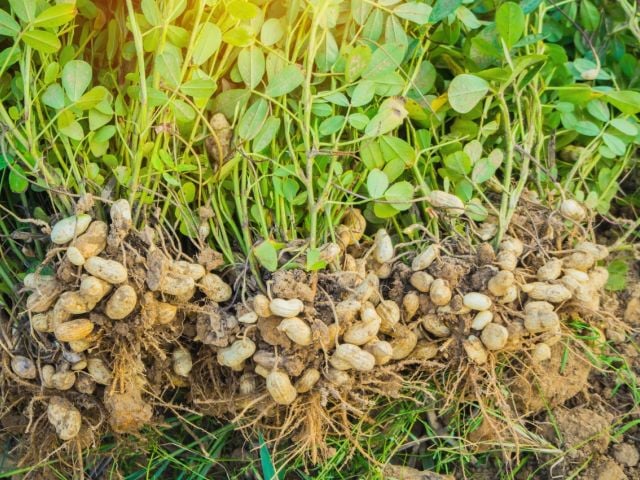
Here we go again: House Republicans are trying to rig subsidy programs to benefit Southern farmers.
Their proposal would raise price guarantees for commodity crops in the upcoming farm bill, mostly to the benefit of farmers growing peanuts, cotton and rice, a recent study found – not corn and soybean farmers.
And those farmers benefiting the most are located in just 100 counties – or a paltry 3 percent of U.S. counties. The proposed 10 to 20 percent increase in price guarantees would overwhelmingly help farmers clustered in a small number of counties in Alabama, Arkansas, Arizona, Florida, Georgia, Louisiana, Mississippi, Missouri, Oklahoma and Texas, an EWG analysis of Department of Agriculture data finds.
The study found that a 10 percent increase in price guarantees for major commodity crops would jack up the cost of the program by $17.4 billion.
EWG's analysis further showed that more than one-third of the dollars spent to boost price guarantees by 10 percent would flow to just 100 counties, primarily counties located in Texas, Arkansas, Louisiana and Georgia.
Counties receiving one-third of payment increases

Source: EWG, from the USDA Farm Service Agency, ARC/PLC Program Data, Univ. of Illinois - FarmDoc Daily
Once the price guarantees are triggered by declining market prices, farmers get a payment to make up the difference between the price guarantee in the farm bill and the market price. Since payments are linked to production, the largest producers receive the lion’s share of the funding.
In 2021, the top 10 percent of farmers collected more than 80 percent of these Price Loss Coverage, or PLC, payments.
Farmers growing covered commodities must choose between subsidies triggered either by crop prices through the PLC program or by crop revenue through the Agricultural Risk Coverage program. An increase in the price guarantees included in the farm bill will only increase subsidies triggered by crop prices in the PLC program.
Farmers growing peanuts, rice and cotton are overwhelmingly expected to choose subsidies set off by crop prices, recent studies show. With the exception of rice growers in California’s Central Valley and Arizona cotton farmers, most are located in Southern states.
The price guarantee for soybeans hasn’t been triggered since Congress created the PLC program, in 2014. By contrast, the price guarantee for peanuts has been triggered everyyear since 2014 and for rice in all but one year.
The recent study by experts in agricultural economy at the University of Illinois and the Ohio State University showed the unequal increase in payments if price guarantees go up. Payments made to rice farmers would rise by 140 percent. But soybean farmers would see just 8 percent more.
Payments linked to these price guarantees are predicted to skyrocket over the next 10 years, according to the Congressional Budget Office’s most recent projections, from February 2024. Those predictions don’t take into account the House Republican proposals to increase these payments by 10 to 20 percent.
If it seems like déjà vu all over again, that’s because it is – we’ve seen this favoritism of Southern farmers before.
The Government Accountability Office found similar preferences in the Market Facilitation Program created by the USDA during the Trump administration to address damage caused by President Donald Trump’s trade war with China.
The GAO found the program paid cotton farmers 33 times more than the costs of the damage.
And if you guessed that that increase mostly benefited Southern states, you’d be right.



